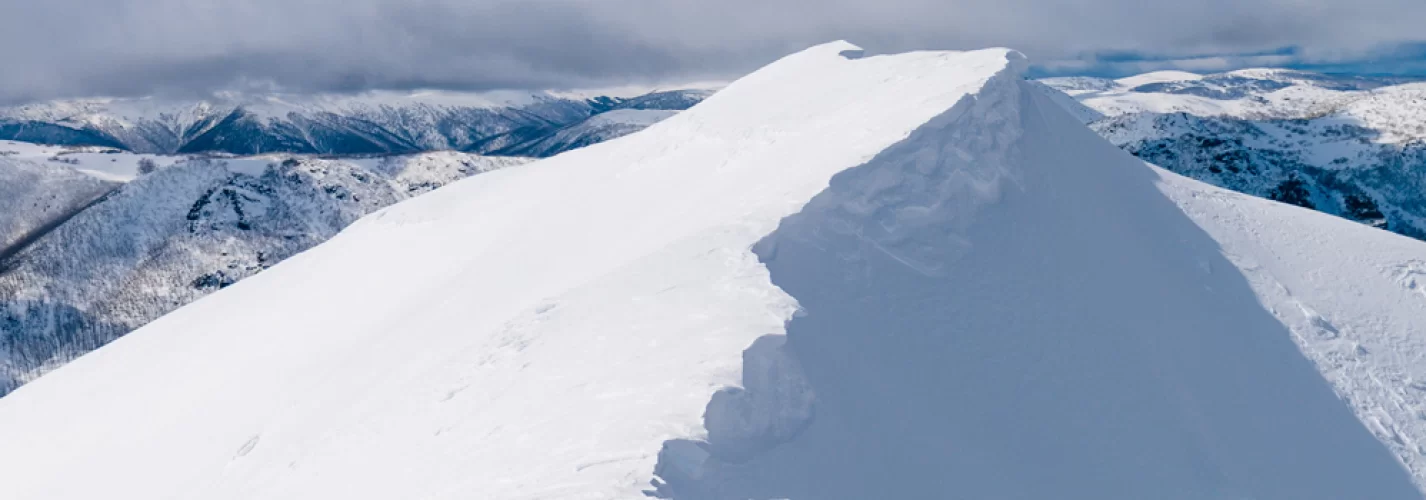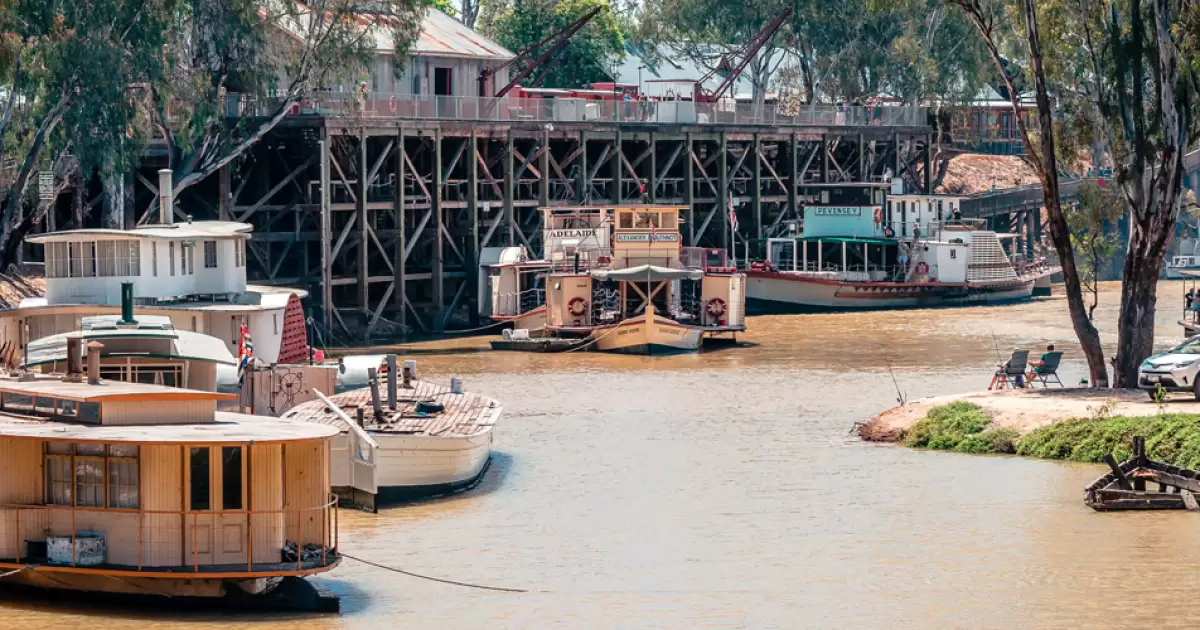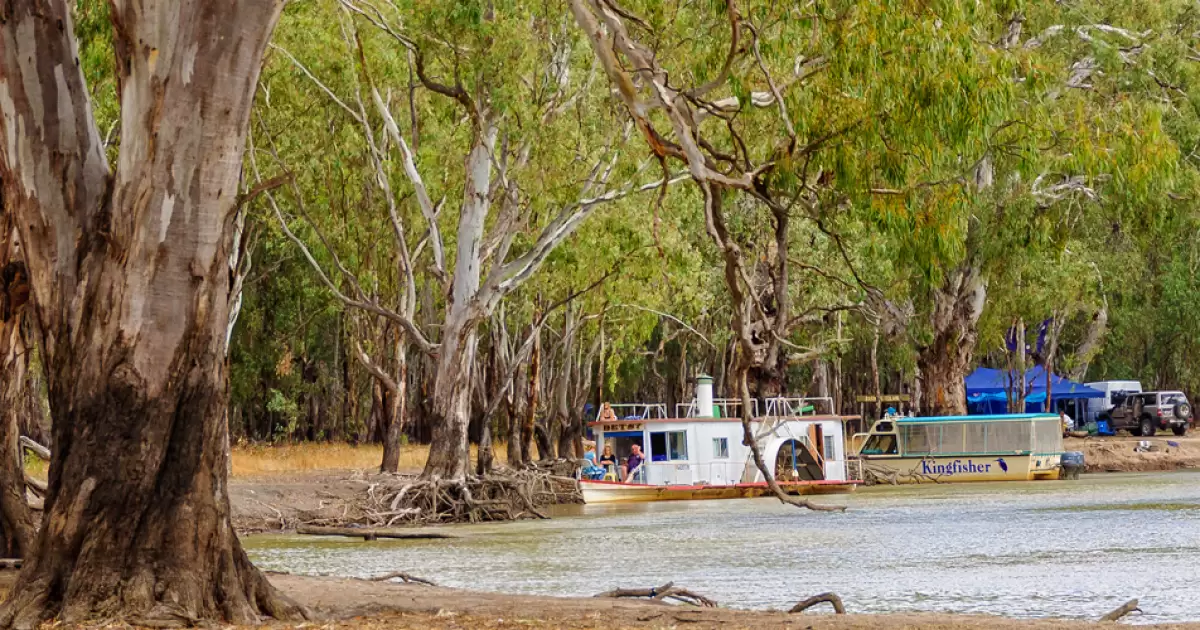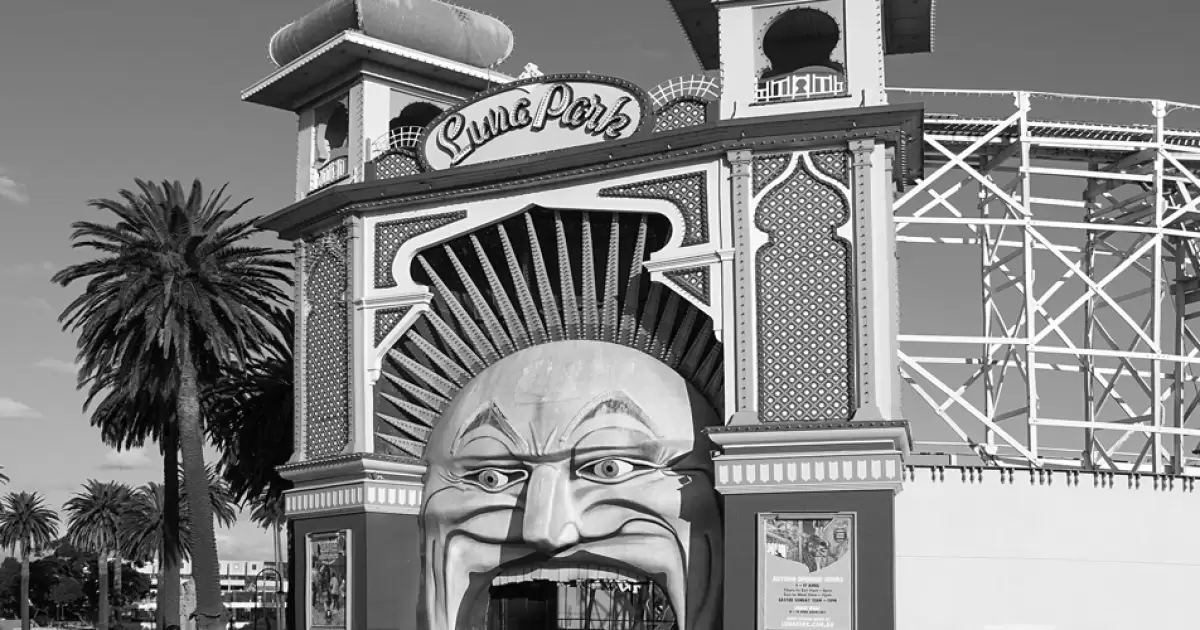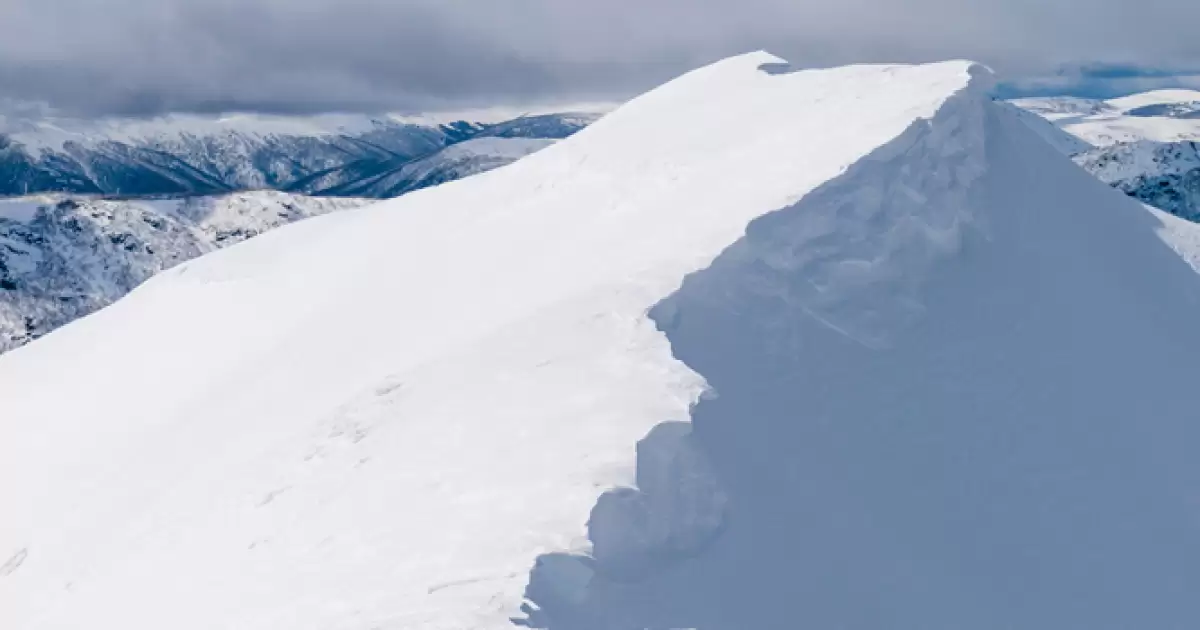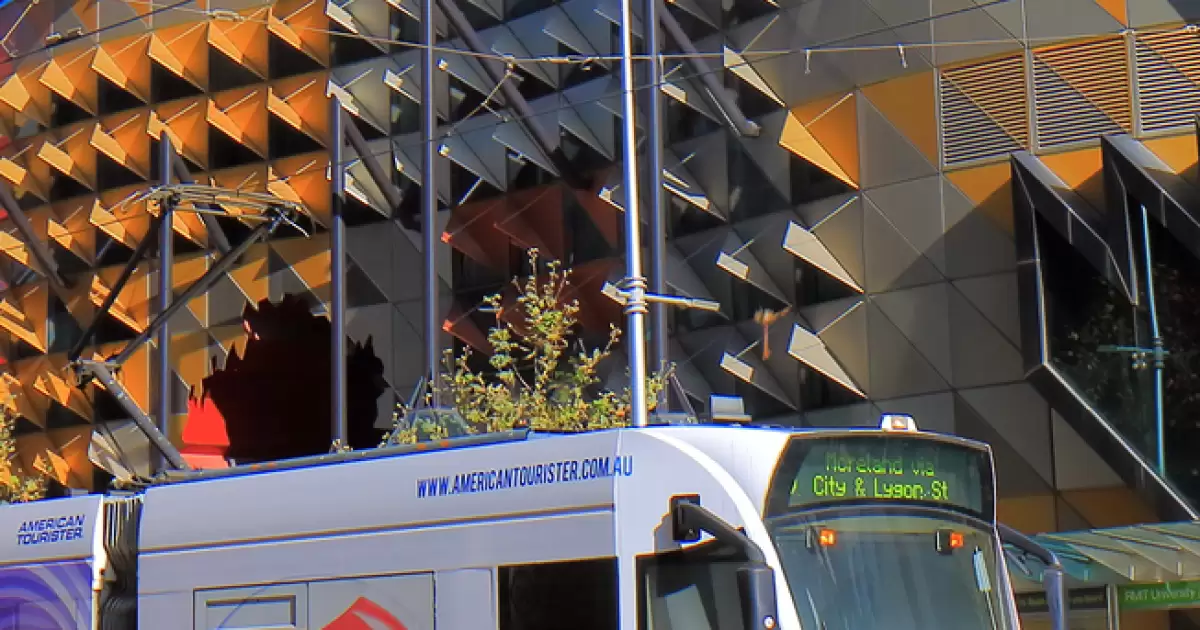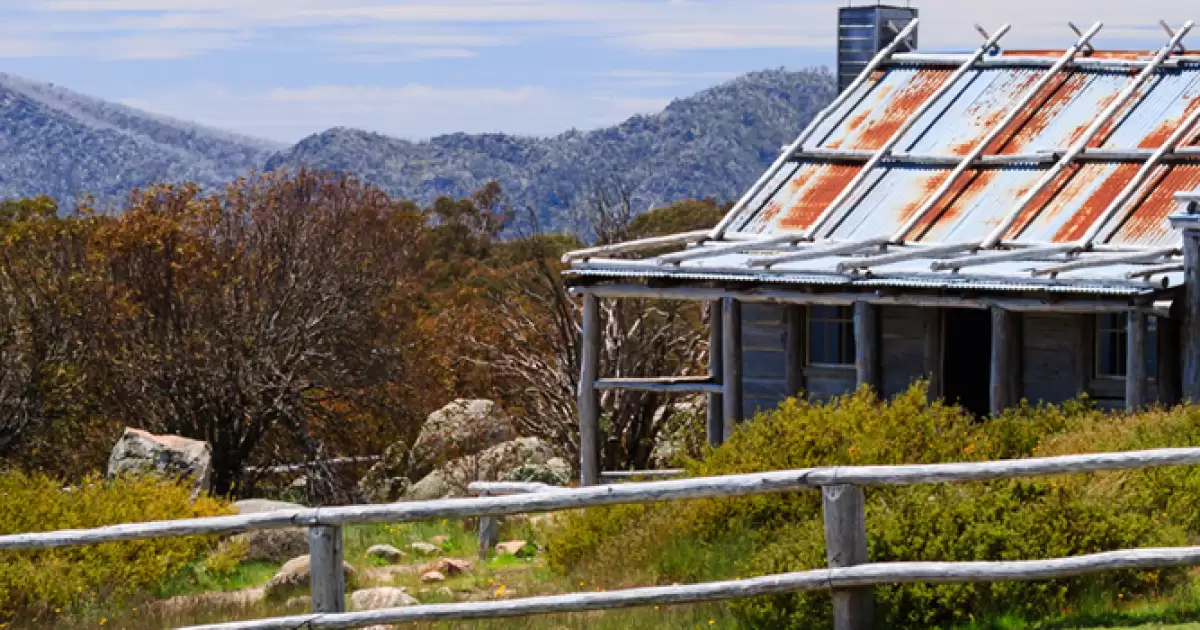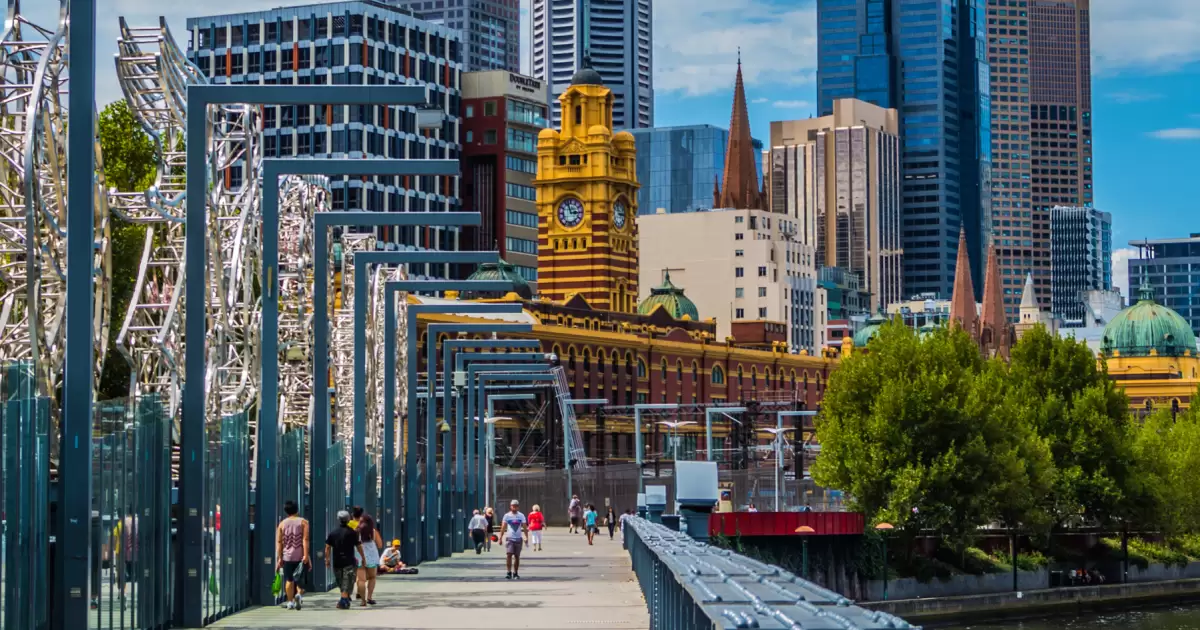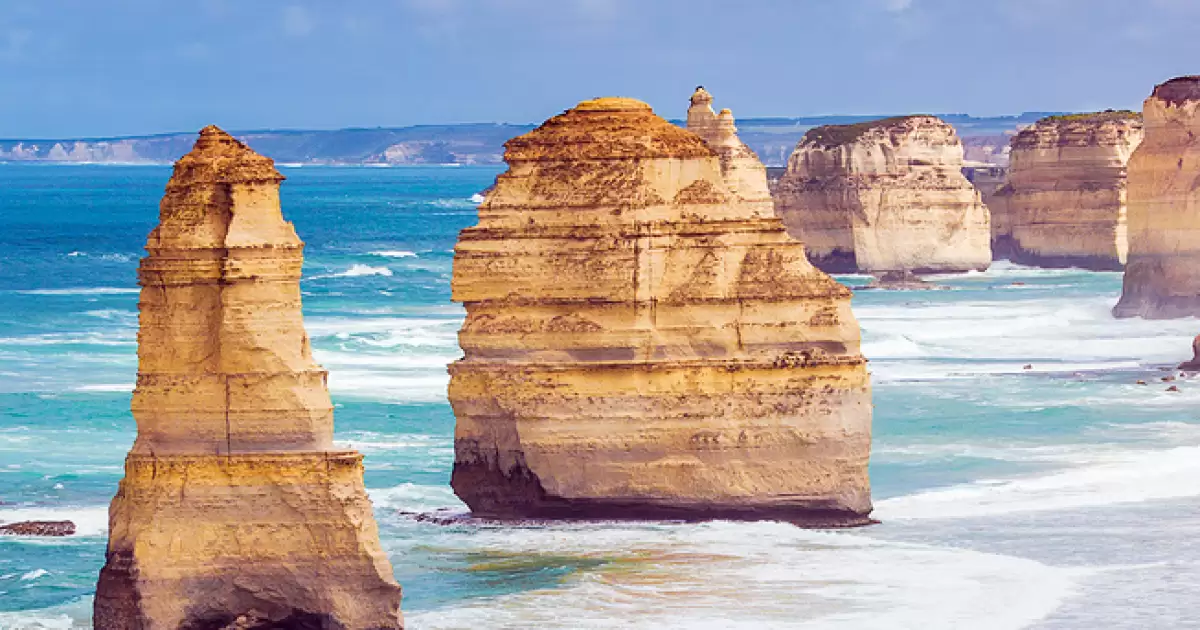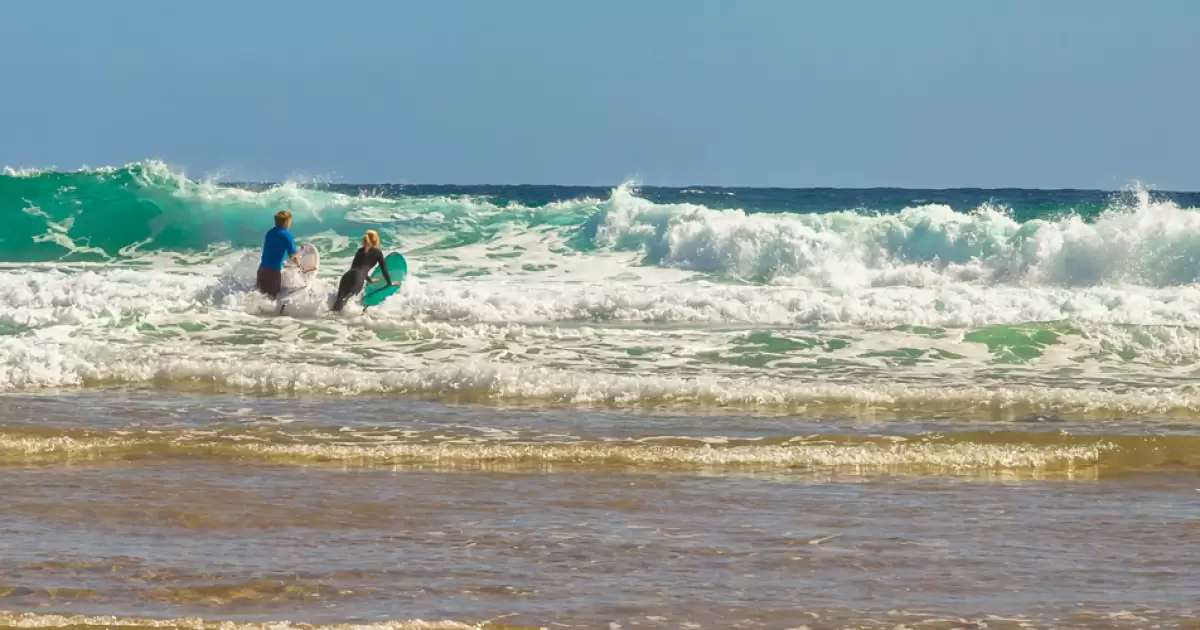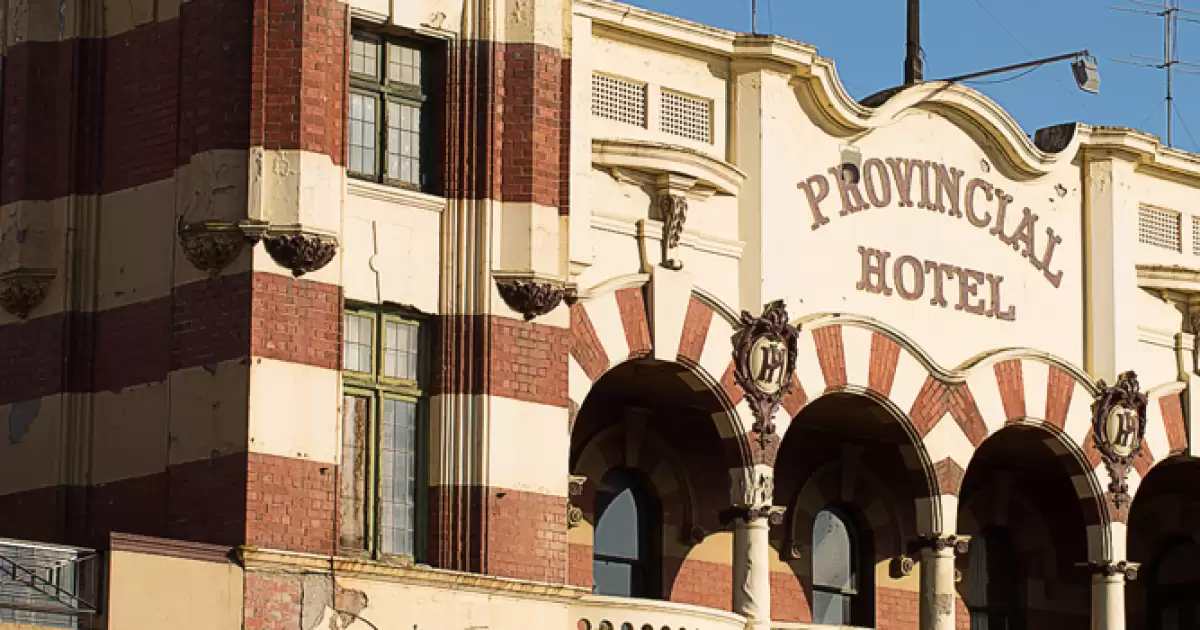When trekking through the Victorian High Country make sure to hit the tracks and trails of national parks and reserves across the High Country. Here you will find swamp wallabies, wombats, echidnas and possums (to name a few) during the summertime. There are also countless native bird species in the wetlands, river systems and Alpine regions. (Alpine refers to areas where the environment is such that trees are unable to grow and vegetation is restricted to dwarfed shrubs, alpine grasses and ground-hugging herbs.)
In winter the High Country hosts some of Australia’s best skiing & snowboarding venues, and ski resorts. In summer the area is popular with four wheel drivers, bushwalkers, fishermen, canoers, kayakers and mountain bikers.
Alpine National Park is the largest national park in Victoria and home to 10 of the 11 highest mountains in the state. It is located in the Central Highlands and Alpine regions of Victoria, and is home to the Victorian Alps, the spectacular alpine section of Australia's iconic Great Dividing Range. The park's north-eastern boundary is along the border with New South Wales, where it abuts the Kosciuszko National Park.
The Alpine National Park boasts raging rivers, rocky outcrops, forests and high plains carpeted with wildflowers. It’s a pristine wilderness with a diverse landscape. Mount Hotham and Falls Creek are ski resorts adjacent to the national park from where backcountry skiers journey into the park to areas such as the Bogong High Plains and Mount Bogong.
Mount Buffalo National Park, one of the oldest national parks in Australia, is located in the alpine region of Victoria, and is known for its sheer cliffs, boulder stacks and plunging waterfalls. Mount Buffalo, a mountain plateau with an elevation of 1,723 metres, is located within the park and has the highest accessible point called The Horn. During the winter season, Mount Buffalo is a destination for cross-country skiing, with a number of cross-country ski trails near the Cathedral. There are also toboggan runs at Dingo Dell and Cresta Valley. Mount Buffalo is a popular destination for road cyclists due to the challenge factor of a 20.9 km climb at an average gradient of 4.8%.
Lake Eildon National Park is a national park set in the northern foothills of the Central Highlands region of Victoria and is a favourite with water sports enthusiasts and fishermen. Most visitors use the park as a base for water-based activities on Lake Eildon, such as power boating and water skiing. The park also includes a number of mine shafts related to Victoria’s gold rush of the 1860s.
Mount Stirling is a mountain in the Victorian Alps of the Great Dividing Range, and is also an abbreviation of the Mount Stirling Alpine Resort, . The mountain is 1,749 metres above sea level. The Mount Stirling Alpine Resort is a cross-country and backcountry ski resort located on the slopes of Mt Stirling, and a popular location for novis backcountry skiers and snowboarders, due to its proximity to Melbourne and how close it is to the Mount Buller Alpine Resort.. In winter the area is a patrolled cross country and backcountry ski resort. The mountain has fantastic views across to nearby Mount Buller. The lower reaches of the mountain are dominated by Alpine Ash forests, which merge into Snowgum Woodlands.
Baw Baw National Park is located on the boundaries between the Central Highlands and Gippsland regions of Victoria, 120 km east of Melbourne. The Baw-Baw Plateau is a plateau of several peaks that includes Mount Baw Baw, Mount St Gwinear, Mount St Phillack, Mount Erica and Mount Whitelaw. In winter it is popular for cross country skiing and downhill skiing. In summer there is bushwalking, rafting and canoeing, fishing, scenic drives and picnics. There is popular ski touring along the Baw Baw Plateau between Mount Baw Baw, past Mount St Phillack to Mount St Gwinear, and a volunteer ski patrol group which runs on weekends and patrol around the St Gwinear portion of the national park. Nordic skiing is popular at Mount Baw Baw, including championship races and a ski school.
Snowy River National Park is located 390 km northeast of Melbourne in the alpine and East Gippsland regions of Victoria. Much of the park is classified as wilderness area, where vehicles are unable to visit. Little River Gorge, Victoria's deepest gorge, is located within the park. The river descends from Wulgulmerang plateau to the Snowy River, 14km away. A camping site near McKillops Bridge provides an excellent site for swimming, canoeing and rafting through the gorges downstream.
Longitude:
147.136493
